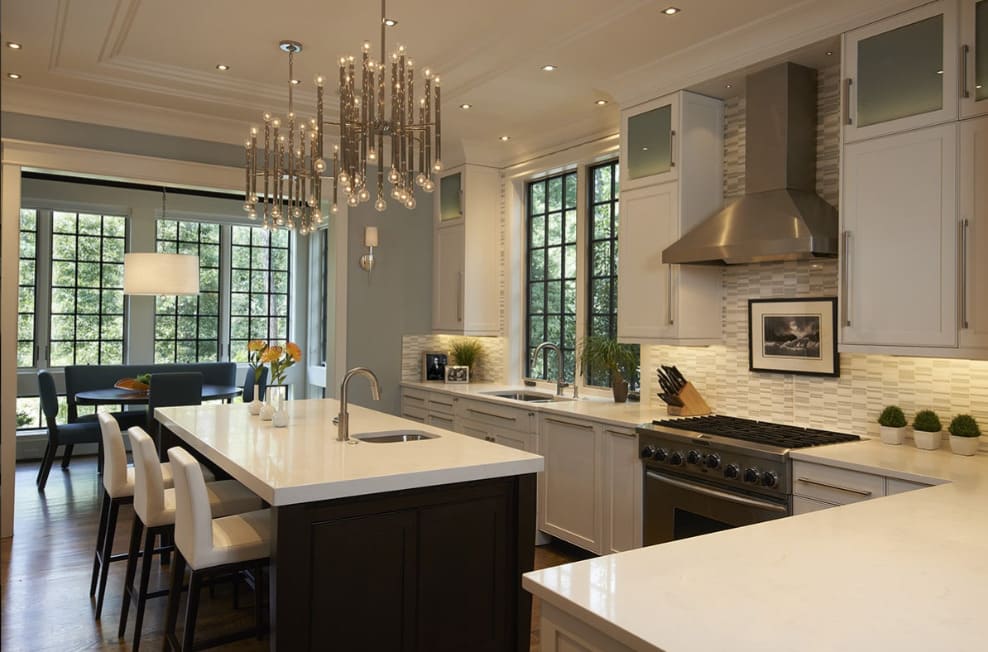Interior lighting design is the art and science of illuminating the interior spaces of buildings to create functional, visually appealing, and comfortable environments. It involves careful consideration of various factors such as the purpose of the space, the activities that take place within it, architectural features, aesthetics, energy efficiency, and user preferences. Here are some key aspects to consider in interior lighting design:
1. Purpose and Functionality
Understand the primary purpose of the space and how lighting can enhance its functionality. Different spaces may require different types of lighting, such as ambient lighting for overall illumination, task lighting for specific activities, and accent lighting to highlight architectural features or decor.
2. Natural Light Integration
Take advantage of natural light sources whenever possible. Consider the orientation of windows, skylights, and other openings to maximize daylight penetration while minimizing glare and heat gain. Use window treatments like curtains or blinds to control the amount of natural light entering the space.
3. Layered Lighting
Create depth and flexibility in lighting by using a combination of ambient, task, and accent lighting. Layered lighting allows for better control over light levels and ambiance, as well as the ability to adapt to different activities and moods.
4. Lighting Fixtures and Technologies
Choose lighting fixtures and technologies that complement the design aesthetic of the space while meeting functional requirements. Consider factors such as color temperature, brightness, beam angle, and energy efficiency when selecting light sources such as LED bulbs, fluorescent tubes, or halogen lamps.
5. Lighting Controls
Implement lighting control systems to adjust light levels and create different lighting scenes based on user needs and preferences. Dimmers, timers, sensors, and programmable lighting controls can help save energy and enhance comfort and convenience.
6. Color Rendering
Pay attention to color rendering properties of light sources, which affect how colors appear in the space. High-quality light sources with high color rendering index (CRI) values are essential for accurately representing colors and enhancing visual comfort.
7. Energy Efficiency
Design lighting systems with energy efficiency in mind to reduce electricity consumption and operating costs. Choose energy-efficient light fixtures, incorporate daylighting strategies, and use lighting controls to optimize energy use while maintaining visual comfort.
8. Safety and Well-being
Ensure that lighting design promotes safety and well-being by minimizing glare, providing adequate illumination for tasks, and avoiding harsh contrasts or flickering lights that can cause discomfort or visual fatigue.
9. Aesthetic Considerations
Use lighting as a design element to enhance the overall aesthetic appeal of the space. Experiment with different lighting techniques, fixture styles, and lighting effects to create visually stunning environments that reflect the desired mood or atmosphere.
10. Adaptability and Future-proofing
Design lighting systems that can adapt to changing needs and technologies over time. Plan for future upgrades or expansions by selecting scalable lighting solutions and incorporating flexible wiring and control infrastructure.
By considering these key aspects and principles, interior lighting designers can create well-balanced, visually pleasing, and functional lighting schemes that enhance the quality of indoor environments while meeting the specific needs and preferences of users.
